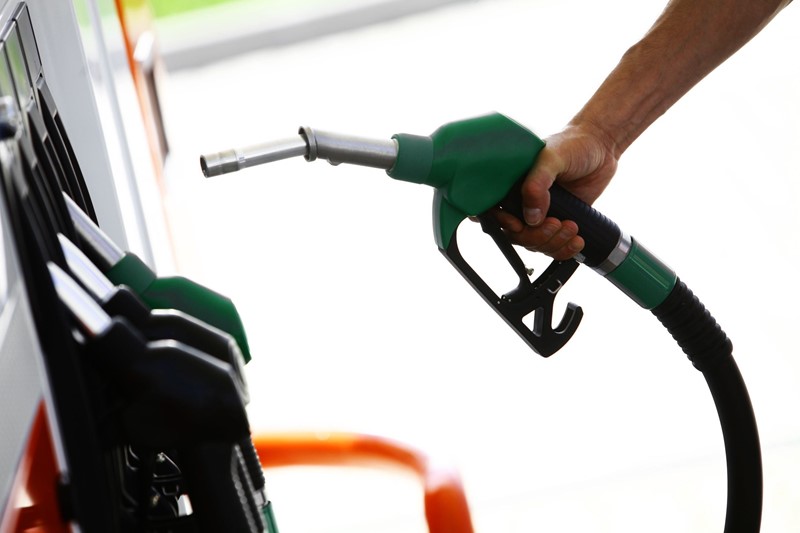The government department active in the promotion of electric vehicles has published guidance regarding the costs, charging issues and infrastructure. We have extracted a few comments and reproduced them in this post.
Buying an electric vehicle
While a new electric vehicle (EV) costs more to buy up front, today most drivers in the UK (around 80%) will buy their cars on the used market. Industry intelligence suggests that some EVs on the used market are now similar in price to their petrol and diesel equivalents. The number of used EV purchases have grown by over 50% when comparing the first quarter of 2022-23, increasing the pool of used vehicles available.
The price gap for new cars has continued to decrease over the past few years. According to industry data, the purchase price premium of an EV – relative to an equivalent internal combustion engine (ICE) vehicle – has dropped from around 50% in 2020 to around 40% in 2023. With battery costs reducing and continued innovation, some external forecasts predict that some EVs could be around the same price to purchase as a petrol or diesel car by the end of the 2020s.
Company car tax
Many workplaces provide salary sacrifice schemes, which can reduce the cost of purchasing an EV. To support this, company car tax is favourable for EVs at only 2%. The government has confirmed that company car tax for EVs will increase 1% each year from 2025 to a total of 5% in April 2028. By contrast, the most polluting cars will pay 37% company car tax in 2028. EVs are also exempt from vehicle excise duty until 2025 and will continue to receive favourable first-year rates after this.
Battery range
According to the Society of Motor Manufacturers and Traders, the average electric range for new EVs launched in 2023 was nearly 300 miles, compared to 210 miles in 2020. Some on the market have a quoted range of over 300 miles, which is enough to travel from Exeter to Leeds. There are now more than 30 models available with a quoted 200-plus mile range.
With battery costs falling around 80% over the past 10 years and further decreases expected, the government expects to see increasing numbers of EVs with higher ranges.
Charging costs
Charging a medium-sized electric car at home can cost around half the price of filling up an equivalent petrol vehicle. Charging at home costs around 8p per mile while a diesel or petrol vehicle can cost around 13p to 17p per mile to fuel, as of January 2024. Some suppliers continue to offer tariffs enabling drivers to charge their EVs at under 3p per mile (such as an overnight tariff offered by Octopus Energy).
On average, Zapmap charging data shows that the cost of charging an EV on the public network is roughly equivalent to fuelling an equivalent petrol car.
Charging points
The number of public chargepoints is growing fast. In January 2024, there were more than 53,600 public chargepoints available across the UK, a 45% increase since the start of 2023. This puts us on a growth rate consistent with delivering at least 300,000 chargepoints by 2030, in line with our forecast charging demand.
Availability of public charging devices is expected to continue increasing. ChargeUK, the industry body for chargepoint operators, has committed to investing more than £6 billion in charging infrastructure before 2030 and doubling the number of chargepoints over the next 12 months.
Source:Other| 05-02-2024












